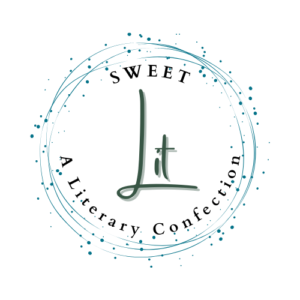Dear Matthew Salesses,
Thank you for writing, Craft In The Real World. It’s one of the most important books I’ve read in quite some time. In writing this review my biggest concern has been the task to adequately express the breadth, depth, and importance of this work. This craft book is unbelievably kind, yet unwaveringly principled. Full of heart and experience, yet intellectually grounded in scholarship and informed by years of pedagogical experience. Craft In The Real World provides a framework for ultimate freedom for the writer to create her own stories, and yet provides practical exercises that help anchor the writer to her own work. This is a craft book that defies craft’s universality. As you say, “Craft is not innocent or neutral…Culture stands behind what makes many craft moves ‘work’ or not, and for whom they work.” To me, what makes Craft In The Real World so unique and important is that you don’t simply attempt to upend the status quo of fiction, the workshop, and creative writing classes. There has always been a slew of manifestos that proclaim the old way dead and this way as the new beginning. But you offer practical, alternative models, an example of a syllabus, and dozens of exercises that may decolonize the workshop, re-write/level power dynamics, and that may de-center the focus back to the author and away from a workshop that may not be the author’s intended audience. You don’t only offer a new vision for a more equitable classroom, but you’ve provided a map and blueprints so this can work, as you say, in the real world.
The book is split into three major sections: Fiction In The Real World, Workshop In The Real World, and Appendix: Exercises. The recursive structure of the book allows one to read any section in any order so that the reader can get from the book exactly what she is looking for. As a result, at times, there’s some overlap so every kind of reader can have access to the necessary context. However, you do such a deft job of maneuvering the details that it doesn’t feel recursive as much as new each time.
In the first section, “Fiction In The Real World,” you disassemble the idea of a “pure craft” from many angles. It begins by arguing that all craft is cultural, and that means that every choice that is made holds cultural implications and assumptions. For instance, readers not versed in the Hemingway tradition of contemporary writing do not, as common craft would argue, cause the tags “said” and “asked” to disappear. Instead, we learn to not read “said” or “asked,” rather than any omniscient idea of a universal craft. Another route you take is to trace a causal plot focused on the individual to the origins of the Iowa Writer’s Workshop that in part gained popularity in its stance against communism and in propagating Western art with Western values. You use Western critics on Asian literature to highlight the problem with seeing craft as a universal truth. Western scholars often described Chinese literature in terms of “undefinable inadequacy” and “vague in wanting.” You enlist Chinese Theories of Fiction by Ming Dong Gu to highlight ten ways that the Eastern tradition is distinctly different than the Western tradition. For instance, “the fantastic is a part of the everyday world” or “the author and reader may show up within the story as themselves (sometimes associated with postmodernism).” The central message being that by seeing the Hemingway/Carver tradition of craft as “the only way,” we woefully ignore the diversity of what story is and can be outside of that tradition. Not only that, but it ignores those diverse and marginalized students who write in and between cultural veins of a “craft.”
In the second section, “Workshop In The Real World,” you critique the traditional “cone of silence” model of workshop as well as generously offer the reader practical solutions to avoid a colonized classroom. You bring in your personal experiences as both a teacher and a student to question the assumptions that the workshop audience reading the work is the author’s intended audience; that the reader is “in the dark” about her own writing, and that there aren’t power dynamics that can grind marginalized students into the ground. You write, “The real danger is not a single style, it’s a single audience. It is effectively a kind of colonialization to assume that we all write for the same audience or that we should do so if we want our fiction to sell.” To you, the problem in the “cone of silence” is it pushes the author into the background when she needs to be at the center. You also include here a sample syllabus, fourteen alternative workshop models, and suggestions of how to handle grading, workshopping incomplete drafts, and page limits. Perhaps my favorite part about this book is how you offer explicit examples and provide personal accounts about how/why you think it worked without falling into the trap of being prescriptive yourself.
Part three is an appendix of exercises and offers dozens of ways to revise a manuscript or short story. This section also offers help to students who wish to make their stories the best they can be. This section highlights your nuanced view that seeing craft in terms of making cultural/ethical choices, rather than a technique that can be honed like a golf swing or a batter’s stance. Craft should be defined by human terms, not a fake “objective” writing truth. So, put your diverse students at the center of their own story, work to make it the best version of their own story on their own terms, and to not hinder what art can be by the rules of what has been. This book has changed the way I look at my craft, my classroom, and story itself.
Thank you for writing the book.
Your fan,
N.D. Brown
